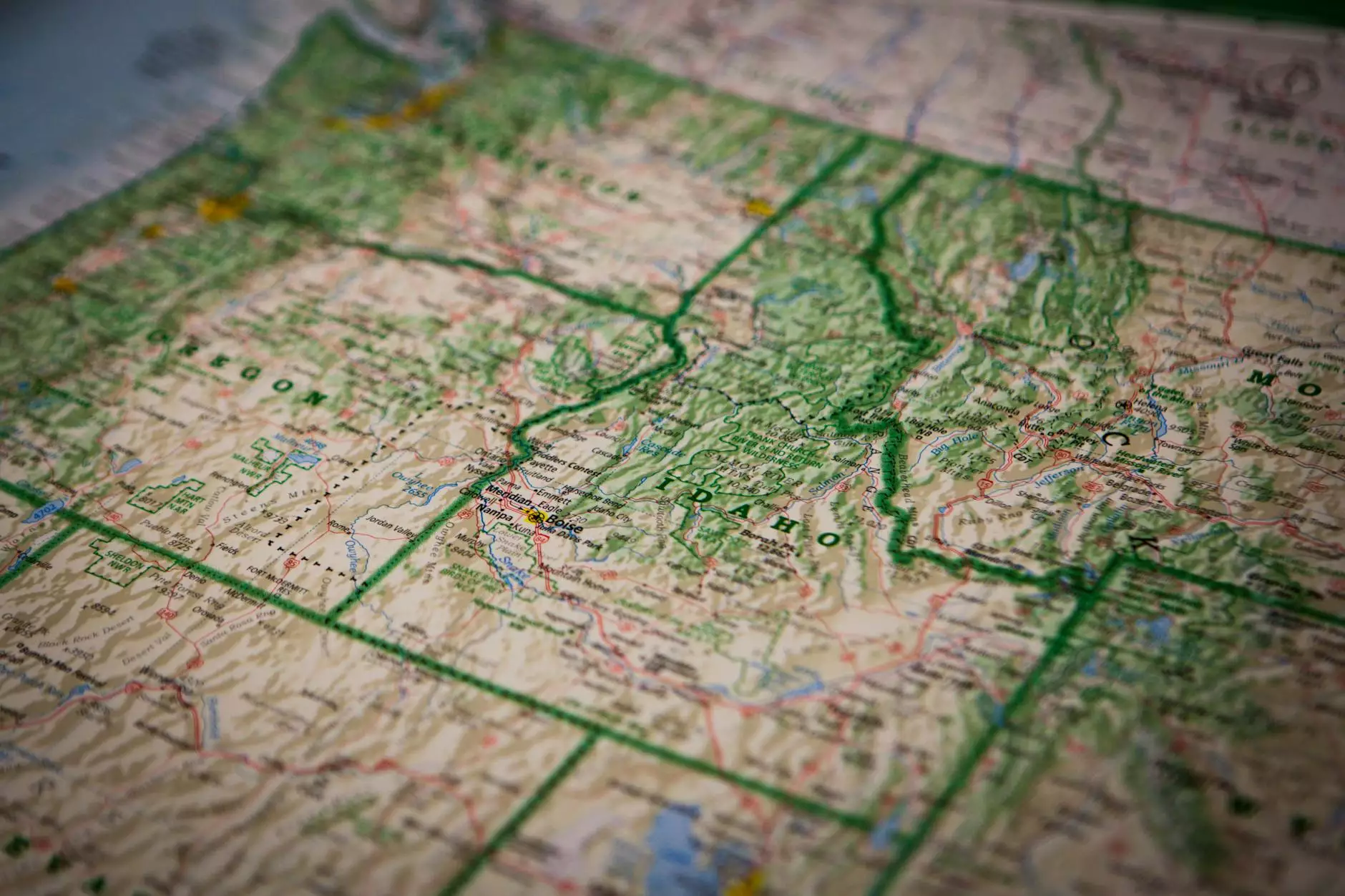Understanding Manual Printing: Techniques, Benefits, and Applications

In the modern world of digital advancements, it's easy to overlook the age-old practices that still hold significant value in today’s printing services. One such method is manual printing. But what exactly is manual printing? In this article, we will delve into the intricacies, techniques, benefits, and the significance of manual printing in the broader landscape of the printing industry.
What is Manual Printing?
Manual printing refers to the traditional techniques of printing that require human intervention at every stage. This form of printing stems from older methodologies that have been refined over centuries. Unlike modern, automated printing processes, manual printing emphasizes craftsmanship, guaranteeing each piece is unique and tailored.
Historical Context
The origins of manual printing can be traced back to ancient civilizations. Early forms included woodblock printing in China around the 2nd century AD and later evolved with the invention of movable type by Johannes Gutenberg in the 15th century. These techniques laid the groundwork for modern printing but retained the essence of handcrafted artistry.
The Techniques of Manual Printing
There are several techniques associated with manual printing, each offering distinct results and artistic expressions. Here’s a look at some prominent methods:
- Woodblock Printing: One of the oldest forms of printing where images and text are carved into a block of wood. Ink is applied to the raised surface and pressed onto paper.
- Linocut: Similar to woodblock printing but using linoleum for carving. This technique allows for more intricate designs and finer details.
- Screen Printing: A method where ink is forced through a mesh screen onto the substrate. This technique is popular for creating bold graphics on various materials.
- Letterpress Printing: In this technique, movable type is arranged in the desired pattern, inked, and pressed onto paper. This method is cherished for its tactile quality and timeless aesthetic.
- Monotype Printing: This involves creating a one-of-a-kind print by painting or inking a surface, then pressing it onto paper to create an image that cannot be replicated.
In-Depth Look at Each Technique
Woodblock Printing
This ancient method requires a high degree of skill. Artisans carve their designs into wood with precision, taking into account the final print's orientation. It is a meditative process that results in beautiful prints full of texture and depth.
Linocut
Linocut is a versatile technique much loved by contemporary artists. It allows for cleaner lines and varied depths, resulting in distinctive prints. Its adaptability across different mediums makes it a favorite among DIY enthusiasts and professional artists alike.
Screen Printing
Screen printing has found a home in both fine art and commercial applications. It’s incredibly effective for producing vibrant colors and designs on textiles, posters, and various products, making it a staple in merchandising.
Letterpress Printing
This technique significantly influences the aesthetic appeal of printed material. Its raised surfaces create an attractive texture, giving printed pieces a unique feel that resonates with many consumers today.
Monotype Printing
Monotype printing is akin to painting, allowing artists to explore their creativity without the boundaries of replication. Each print is a spontaneous expression, often becoming a collectable art piece.
Benefits of Manual Printing
While digital printing might dominate today’s printing landscape, manual printing offers unique advantages that cannot be replicated through automation:
- Uniqueness: Each print is one-of-a-kind, showcasing the artist's personality and technique.
- Quality and Craftsmanship: Manual techniques yield high-quality prints that exhibit an artisan touch, often valued more than mass-produced counterparts.
- Engagement: The manual printing process encourages engagement and creativity, often fostering a deeper connection between the artist and the work.
- Eco-Friendly Practices: Many manual printing techniques use sustainable materials and methods, making them a greener choice.
- Versatile Media: Manual printing can be adapted to various surfaces, from paper and fabric to ceramics and wood, offering magnificent versatility.
The Relevance of Manual Printing Today
As businesses continue to seek innovative ways to stand out in a crowded market, the relevance of manual printing has seen a resurgence. Many brands are now turning to these traditional techniques to enhance their products and marketing materials.
Crafting Unique Brand Identities
In a world saturated with digital and identical products, manual printing offers companies a way to differentiate themselves. Custom letterpress business cards, hand-printed packaging, and unique textile designs tell the story of the brand’s commitment to quality and craftsmanship. This distinctive approach leaves a lasting impression on customers, enhancing brand loyalty and recognition.
Supporting Local Artisans
The revival of manual printing techniques has also led to a resurgence of local artisans and craftspersons. By investing in manual printing, companies can support community artists, promoting local economies and preserving the rich heritage of craftsmanship. It creates a loyal customer base that values authenticity and local artistry.
Choosing Manual Printing: What You Need to Consider
If you are considering manual printing for your project or business, there are several factors to bear in mind:
- Project Scope: Determine the scale and type of project, as manual printing may be more suitable for smaller, custom orders rather than large-scale production runs.
- Design Complexity: Some techniques may be better suited to specific designs; understanding your artwork will guide you towards the right printing process.
- Budget: Manual printing often requires higher investments in time and labor, but the return on investment can be substantial due to its uniqueness and quality.
- Material Choices: Consider the types of materials you wish to use, as manual printing can often be performed on various substrates.
Conclusion: The Timeless Nature of Manual Printing
In conclusion, understanding what is manual printing unveils a world rich in creativity and craftsmanship. As digital methods dominate the landscape, the allure of manual printing remains unmatched, offering countless benefits ranging from uniqueness to sustainability.
Manual printing is not just a technique; it’s an art form that connects us to history, creativity, and craftsmanship. As more businesses and individuals seek to carve out their niches, embracing manual printing can provide the perfect solution for making memorable impressions. At Printitza, we believe in the power of manual printing and its potential to redefine modern aesthetics while enhancing brand storytelling.









